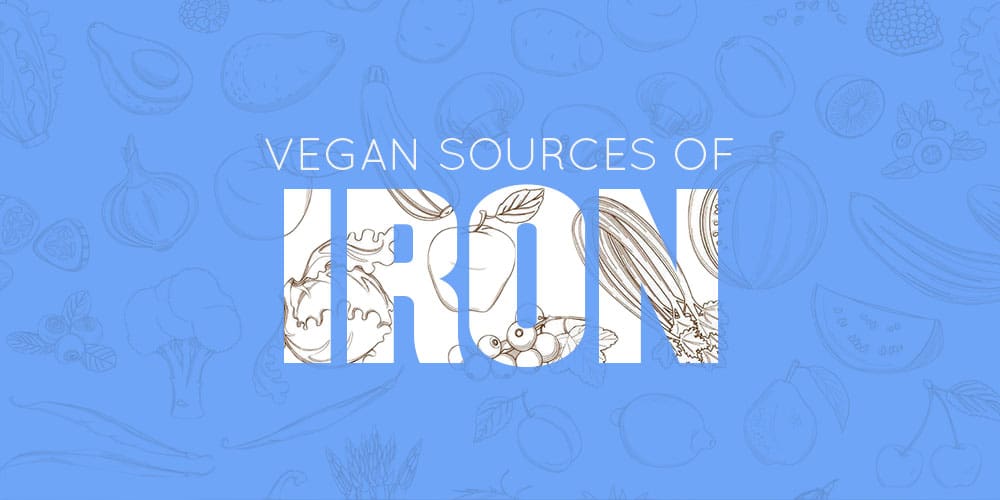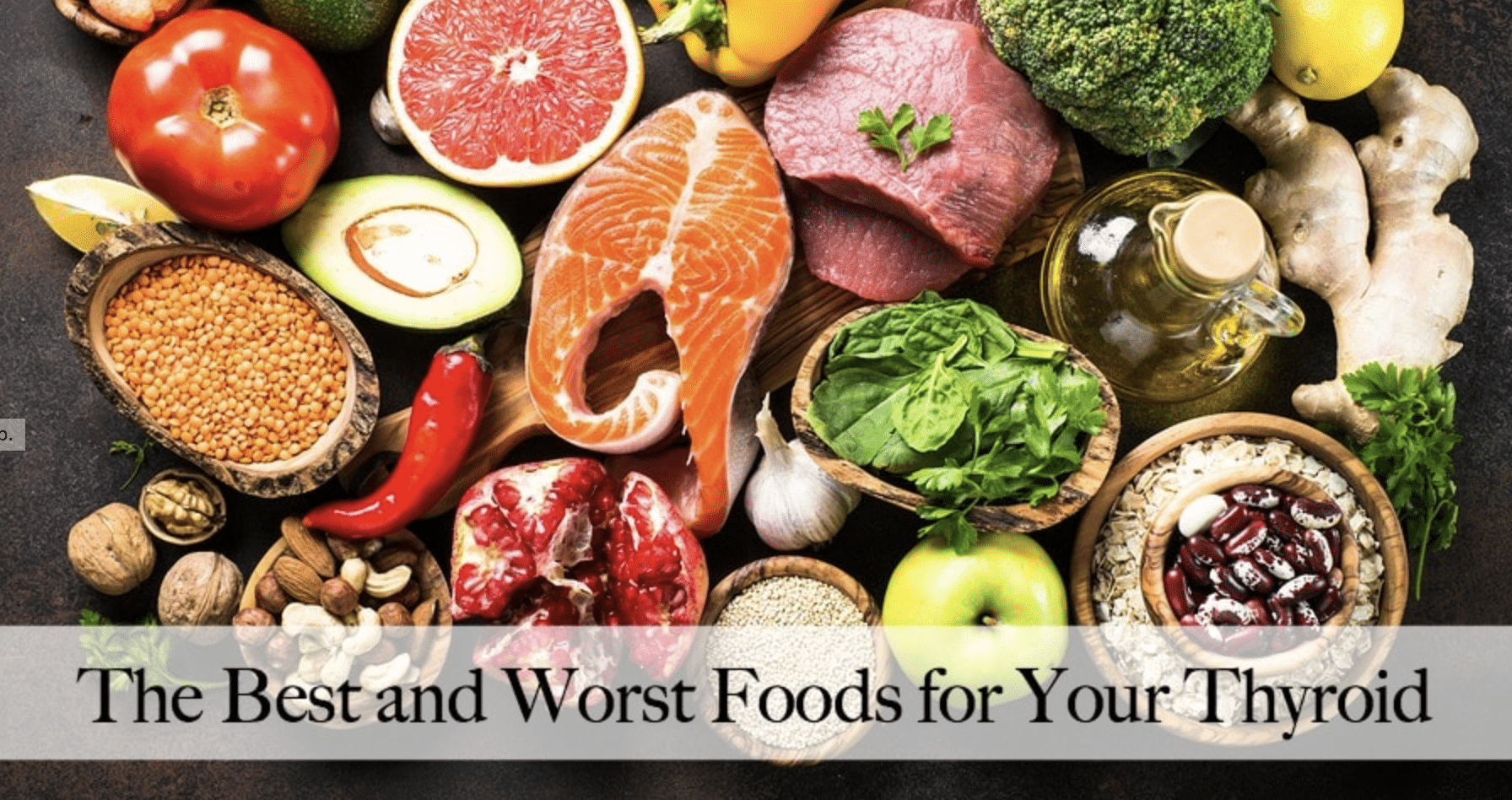
A vegan school meal is one that's vegetarian- or vegan-friendly and is provided to students. These school lunches might be called "vegan-friendly school dinners" (or "vegan hot lunches") These meals are sometimes offered as part of a school district's regular menu. There are many reasons that you can offer vegan food as a meal option to your students.
Plant-Based School Kitchens
An increasing number of people are beginning to realize the benefits of a vegan lifestyle is leading to the creation of vegan school cooking classes. These schools are intended to provide nutritious, healthy meals for students and encourage environmental awareness. According to a survey, 81 percent of parents said that they wanted more vegetarian options for their children's lunchboxes and school dinners. Plant-based diets may not only help protect young adults' health but can also increase academic performance through better nutrition.
Our Lady of Sion, Worthing School in West Sussex, has implemented a plant-forward school cooking program. Plant-Based School Kitchens will offer students a vegetarian lunch menu. The school has partnered to this end with local company. The Vegan Society supports students' choice of a hot meal from the company’s menu. There are also a variety vegan desserts available in the kitchens.

East End Community Schools
East End Community Schools is a vegan school. The meals at East End Community School are plant-based, contrary to its name. The school serves diverse communities, including low-income families and immigrants. The school meets the 40% state-required free-lunch threshold. It also announces good mornings in 23 languages. The school has also implemented a green roof.
Portland's food service manager is updating its lunch menu with more vegan options. Parents of children who do not eat animal products demanded better options. McLucas created a vegan meal plan that meets the needs of children who have dietary restrictions. Launch of the new menu is scheduled for September.
Hagaskolan
One of the most unique schools in the Nordics, Hagaskolan Vegan School is among them. It educates students aged 6-15 years. It has more than 20 employees and serves 100% vegan food. A vegan daycare is also available at the school. Its curriculum focuses on sustainability, health, and ethical principles.
Sarah Brown created the Hagaskolan in 1982. It was known previously as the Cordon schools and became vegan schools in 2015. The school's programs have created a vegan cafeteria as well as promoting nutrition education in schools. But, despite these benefits, there remain questions about veganism.

Meatless Mondays
New York City's schools have expanded Meatless Monday to all their schools. The City believes that every child deserves to have healthy and culturally appropriate meals at school, and this initiative is a vital step in making this happen. Pamela Koch, executive Director of the Laurie M. Tisch Center for Food Education and Policy at Teachers College (Columbia University), believes that Meatless Monday is an essential step in ensuring that all students have access healthy and culturally appropriate meals.
Meatless Tuesdays is an extension the City's Free School Lunch for All initiative. It provides free lunches and breakfasts to students from public schools. Since 2017, the program has provided more than 150 million meals to city students. In addition, the DOE offers free meals during the summer to all New Yorkers under age 18 through the Summer Meals program. Additionally, many schools are implementing Meatless Mondays in order to reduce their environmental footprint.
FAQ
Does cold make you weaker?
It's been said that there are two kinds of people in the world; those who love winter and those who hate it. But, regardless of whether you love or loathe winter, you might be wondering why it makes you miserable.
The answer lies in the fact that our bodies are designed to function best during warm weather. In fact, we evolved to thrive in hot climates because that's where most of our food sources are located.
But now we live in an environment that is very different from how our ancestors lived. We spend much more time indoors, often exposed to extreme temperatures (cold and heat), and we eat foods that are processed rather than fresh.
Our bodies don't have the ability to tolerate extreme conditions anymore. It means that when we do go outdoors, our bodies feel tired, sluggish even sick.
There are ways to combat these effects though. The best way to avoid these problems is to ensure that your body stays hydrated throughout the day. Drinking plenty of water will help you keep your body hydrated and flush out toxins.
A healthy diet is another important thing. Your body will stay at its best when you eat healthy foods. This is particularly helpful for anyone who spends long periods of time inside.
It is worth taking a few extra minutes each day to meditate. Meditation can relax your mind and body which can make it easier to deal stress and illness.
How do I measure body fat
The best way to measure body fat is with a Body Fat Analyzer. These devices can be used to measure body fat percentages in people who are trying to lose weight.
What should you eat?
Consume lots of fruits, vegetables. They are high in vitamins and minerals, which can help strengthen your immune system. Fruits and veggies are also high in fiber, which makes them filling and helps with digestion. Aim to eat five to six servings of fruit or veg each day.
Get plenty of water. Water flushes toxins out of the body and helps to feel full between meals. Drink about eight glasses each day.
Eat whole grains instead of refined ones. Whole grains retain all nutrients including B vitamins, iron and zinc as well as calcium, magnesium, calcium, protein, and magnesium. Refined grains lack some nutrition.
Avoid sugary beverages. Sugary drinks can be a source of empty calories, which can lead to obesity. Instead, you can opt for water or milk, as well as unsweetened herbal teas.
Avoid fast food. Fast food lacks nutritional value. It may taste great but it won't give you the energy you need to function properly. Avoid soups, sandwiches and other unhealthy options.
Reduce your alcohol intake. Alcohol is a poor nutrient and has empty calories. Limit your consumption to no more then two alcoholic beverages per week.
Red meat consumption should be reduced. Red meats have high levels of cholesterol and saturated fat. Choose lean cuts such as beef, pork and lamb, chicken, fish, or turkey.
How much should I weigh for my height and age? BMI chart & calculator
The best way to determine how much weight you need to lose is to use a body mass index (BMI) calculator. Healthy BMI ranges between 18.5 to 24.9. If you want to lose weight, then you should aim to drop about 10 pounds per month. Simply enter your weight and height into the BMI calculator.
This BMI chart can help you find out if or not you are obese.
What's the problem with BMI?
BMI stands For Body Mass Index. It is a measurement of body mass based on height and/or weight. BMI is calculated using the following formula:
Weight in kilograms divided by height in meters squared.
The result can be expressed as a number, ranging from 0 through 25. Scores of 18.5 and higher indicate overweight, while scores of 23 and higher indicate obesity.
A person who is 100kg and 1.75m tall will have a 22 BMI.
Statistics
- WHO recommends reducing saturated fats to less than 10% of total energy intake; reducing trans-fats to less than 1% of total energy intake; and replacing both saturated fats and trans-fats to unsaturated fats. (who.int)
- nutrients.[17]X Research sourceWhole grains to try include: 100% whole wheat pasta and bread, brown rice, whole grain oats, farro, millet, quinoa, and barley. (wikihow.com)
- This article received 11 testimonials and 86% of readers who voted found it helpful, earning it our reader-approved status. (wikihow.com)
- Extra virgin olive oil may benefit heart health, as people who consume it have a lower risk for dying from heart attacks and strokes according to some evidence (57Trusted Source (healthline.com)
External Links
How To
27 steps to a healthy lifestyle if your family only eats junk food
It is easy to eat healthy when you cook at home. However, this is often difficult because people do not know how to prepare healthy meals. This article will provide some helpful tips for making healthier dining out choices.
-
Choose restaurants that offer healthy options.
-
Order salads before you order any meat dishes.
-
Ask for sauces without added sugar.
-
Avoid fried food.
-
Request grilled meats instead of fried ones.
-
Do not order dessert unless you really need it.
-
Make sure that you have something else to eat after dinner.
-
Always eat slowly and chew your food thoroughly.
-
Take plenty of water with your meals.
-
Do not skip breakfast, lunch or dinner.
-
Every meal should include fruit and vegetables.
-
Consume milk and not soda.
-
Avoid sugary beverages
-
Reduce the salt content of your diet.
-
You should limit how often you visit fast food restaurants.
-
If temptation is too strong for you, invite someone to be your friend.
-
You should not allow your children to watch too many TV programs.
-
During meals, turn off the TV.
-
Do not consume energy drinks.
-
Take frequent breaks from your job.
-
Get up earlier in the morning to exercise.
-
Do some exercise every day.
-
Start small and increase your knowledge slowly.
-
Set realistic goals.
-
Be patient.
-
Find time to exercise even if you don't feel like it.
-
Positive thinking is key.